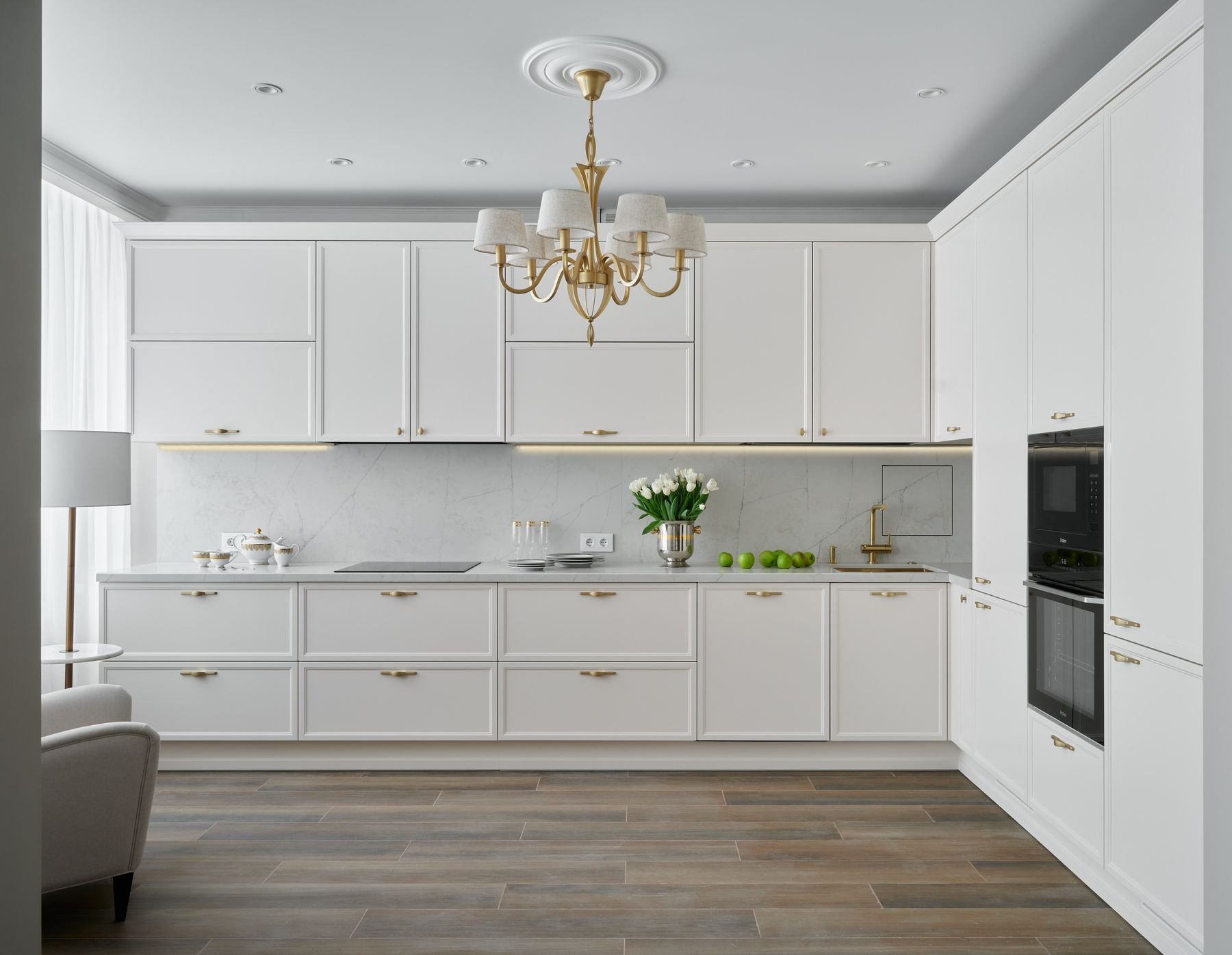
Culinary Spaces Redefined: Embracing the New Era of Cooking Environments
Introduction to Modern Culinary Spaces
The evolution of culinary spaces is a testament to the changing dynamics of how we view and use our cooking areas. Gone are the days when kitchens were merely functional rooms, tucked away at the back of our homes. Today, these spaces are being redefined as the epicenter of home life, where functionality meets style, and technology intertwines with tradition. As we experience this shift, we witness the birth of a new era in kitchen design, one that reflects our diverse lifestyles and culinary aspirations.
Design Trends: Aesthetic Meets Functionality
In the world of modern kitchen design, aesthetics and functionality go hand in hand. Sleek lines, minimalist themes, and a neutral color palette dominate the scene, aiming to create a space that is both calming and easy to navigate. The emphasis on open layouts not only visually expands the kitchen but also encourages social interaction. By incorporating multi-use areas and clever storage solutions, these culinary spaces cater to the needs of the home chef without compromising on style.
Technology Integration in Culinary Environments
Advances in technology have paved the way for smart kitchens, where appliances and systems can be controlled with the mere touch of a button or a voice command. From programmable ovens that can cook meals to perfection to refrigerators that track inventory and suggest recipes, technology has truly redefined what is possible in the culinary realm. The integration of such innovations not only enhances the cooking experience but also contributes to energy efficiency and waste reduction.
Sustainability and Conscious Cooking
As global awareness of environmental issues rises, so does the demand for sustainable culinary spaces. The use of eco-friendly materials, energy-efficient appliances, and composting systems is becoming increasingly popular. The modern kitchen is not only a place for meal preparation; it is also a symbol of our commitment to a healthier and more responsible way of living. By choosing sustainable practices, we are redefining our culinary spaces to reflect our ethos and our respect for the planet.
Community and Collaboration in Culinary Design
Culinary spaces today are often designed with community and collaboration in mind. Cooking workshops, supper clubs, and shared commercial kitchens are spaces where people come together to share their passion for food. These environments foster a sense of community and education, providing a platform for amateur chefs and food enthusiasts alike to exchange ideas, learn new techniques, and explore diverse cuisines.
Conclusion: The Future of Culinary Spaces
The redefinition of culinary spaces goes beyond mere aesthetics and smart technology; it's about crafting environments that inspire creativity, promote well-being, and bring people together. As we continue to reinvent these spaces, we can expect to see even more innovative designs, new uses for technology, and a deeper commitment to sustainable practices. The future of culinary spaces is not just about cooking; it's about creating experiences that nourish the soul as much as they do the body.
```